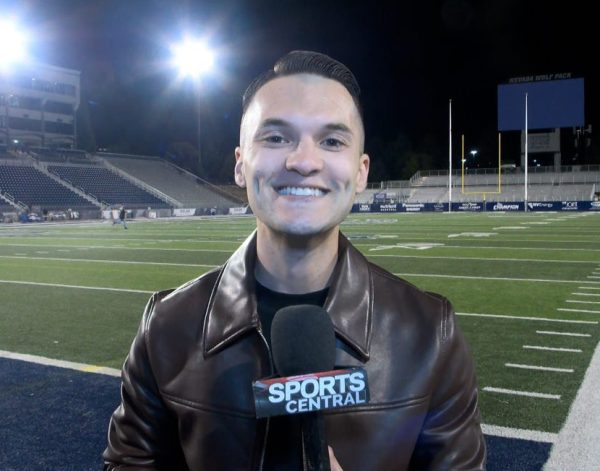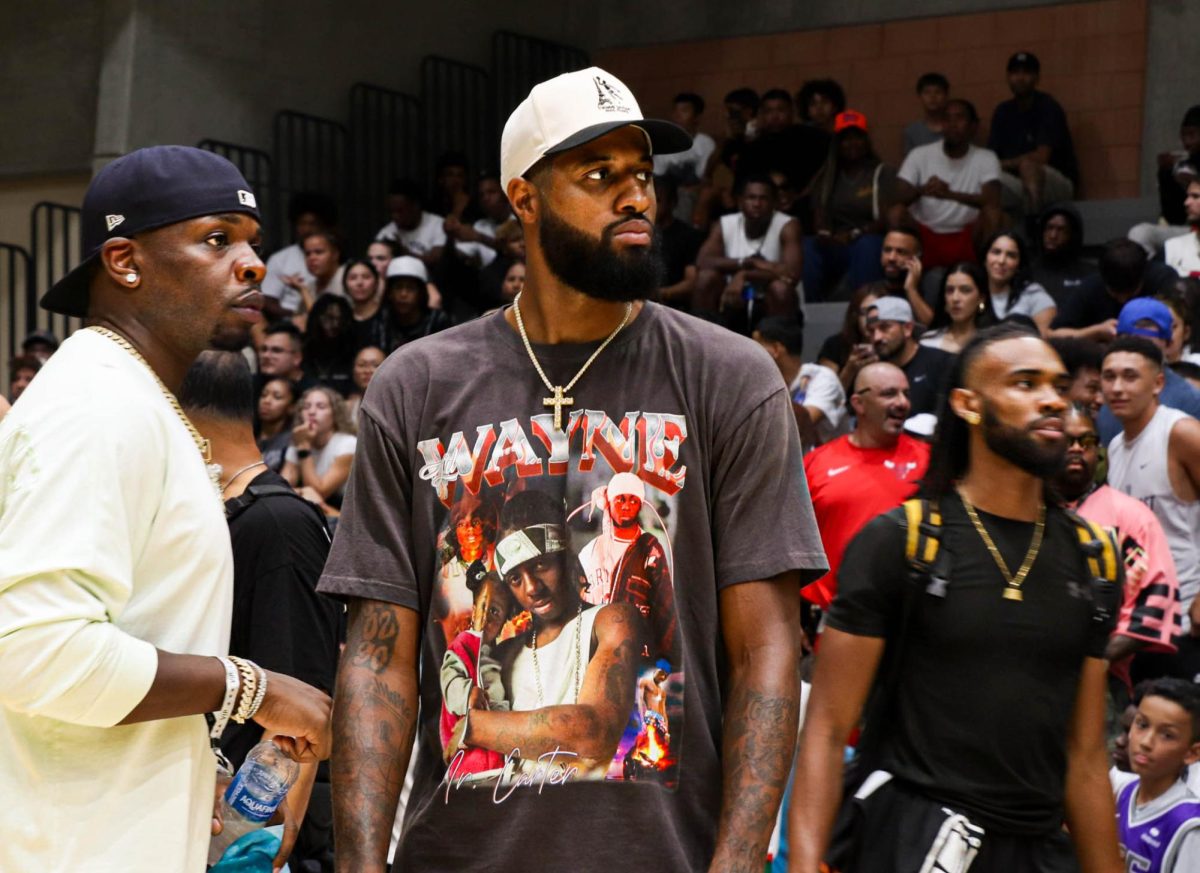Historically, locker room interviews have given some of the best insights sports media has to offer. To be able to speak with an athlete immediately after a game is a privilege that gives the media and fans around the world a look into the raw and authentic reactions of these gifted athletes.
However, growing tensions surrounding this practice have athletes questioning the value of their privacy.
On Oct. 4, the National Football League’s Player’s Association (NFLPA) issued a statement saying that the presence of media in the locker room can feel like an invasion of privacy and that at times locker room interviews simply feel “uncomfortable.”
The NFLPA’s executive committee shared that they’ve tried to collaborate with both the NFL and the Pro Football Writers of America to find a solution that would move interviews out of the locker room, but the two organizations have shown “little willingness” to work with the NFLPA on this effort.
Currently, the NFL Media Access Policy requires that players be available to the media during a designated 45-minute open locker room period on practice days and after games. This policy does, however, permit players to take these interviews outside of the locker room, which the NFLPA has encouraged as a short-term solution.
Athletes have been very vocal about how they believe this practice is outdated and, at times unpleasant. Meanwhile, the media is not willing to give up such a valuable asset that allows the public to see the most unique perspectives on sports.
Before a solution can be found, we must analyze the experiences both sides have had with locker room interviews.
 The athlete’s perspective
The athlete’s perspective
The primary factor in athletes’ concerns over media presence in the changing rooms is privacy. The locker room is an extension of their workspace, a place designed for them to decompress after a long practice or a game. Unfortunately, members of the media sometimes lack that perspective.
One of the most recent players to speak out about their discomfort was former Fresno State men’s basketball player and current Philadelphia 76er Paul George.
On his show, “Podcast P with Paul George,” the NBA star related some of his unfavorable experiences to the NFLPA.
“Majority of the locker room, bro, they’re naked when reporters come in,” George said. “We just got out of the shower, and then you have these reporters in there, and they’re not staring at a wall.”
Just because the media is present, does not mean that an athlete’s work is done.
For professional athletes, specifically male athletes, the locker room is one of the few places they might feel comfortable being emotionally vulnerable.
An overbearing media presence in these moments can feel intrusive to the players. Journalists may just be doing their job, but they owe it to the athletes to respect the sanctity of their locker rooms as a place to escape the public eye and mentally reset.
The locker room is a safe place for athletes, and the moment it is disrupted, it can not only affect the team’s atmosphere but also create resentment toward the media.
The media’s perspective
People can be quick to say that sports leagues should do away with these locker-room interactions entirely. But they must realize that fans and journalists alike are drawn to these unfiltered moments because they are some of the few times the media has access to this level of authenticity.
The setting is much less controlled than a press conference, and that allows players to feel comfortable with giving candid answers.
“Locker room interviews have a dual purpose in my mind,” said CBS47 and KSEE24 sports reporter Dylan Morgan. “It allows fans to finally go into a place they’ve usually never been allowed, and they feel as if they have an extra connection or insight into the players with that.”
This is not limited to superstars with millions of fans. Another benefit of being present in the locker room is the chance to interact with less-known players who don’t typically get seats at the press conference.
“The interaction should be symbiotic, where both sides receive something positive,” Morgan said.

In this exchange, the reporters get the advantage of gathering stories about players that other outlets might not, and the players get exposure that helps them build a brand for themselves.
Journalists must recognize these players as people, not just sources of content.
Consistent locker room access helps build a relationship between the players and the media. Familiarity and a professional attitude lead to more thoughtful interactions.
“There’s so many benefits to having positive relationships with athletes,” Morgan said. “They’ll be more comfortable and more willing to divulge a little extra info which can always be useful.”
To achieve this level of trust, it is the responsibility of the media to keep interactions as respectful as possible and recognize that they are entering one of the most personal spaces of an athlete.
Going forward?
Locker room interviews are too valuable for both sides to be completely done away with. But for them to continue, boundaries need to be set and respected.
Designated media locations in the locker room away from showers or changing areas could minimize the chances of players being caught in an uncomfortable situation.
Rules and training should be implemented that prevent inappropriate actions by the media, such as approaching a player who is changing or a particularly emotional player.
Should a reporter violate this code of conduct multiple times, the team should have the option to suspend their access to the locker rooms.
Another option is to give players the ability to opt out of locker room interviews before the season.
Ultimately, the only way for these suggestions to succeed is for the two sides to find a balance between the media’s need for access, and the players’ right to privacy.




